Architectural woven mesh is not only a visually striking material but also a versatile solution for structural reinforcement in the field of architecture and construction. This article explores the integration of architectural woven mesh in enhancing the form and function of structures, showcasing its unique benefits and applications in structural reinforcement.
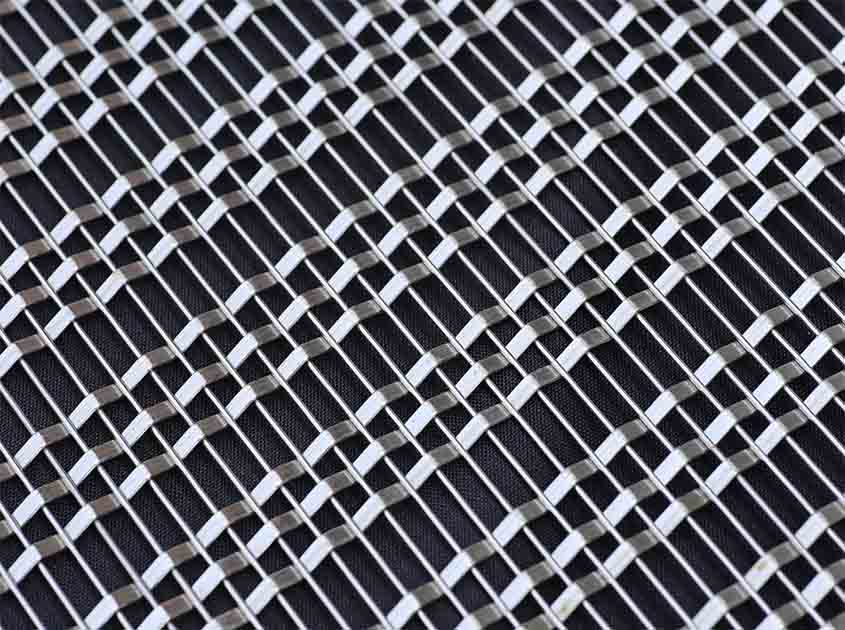
Reinforcing Structural Integrity: Strength and Durability
Architectural woven mesh is constructed using high-quality metal wires, such as stainless steel or aluminum, that are meticulously woven together. This weaving process creates a mesh with exceptional strength and durability. When incorporated into structural elements, such as walls or columns, architectural woven mesh adds an additional layer of reinforcement, enhancing the overall structural integrity of the building. It helps distribute loads and improves resistance against external forces, such as wind or seismic activity.
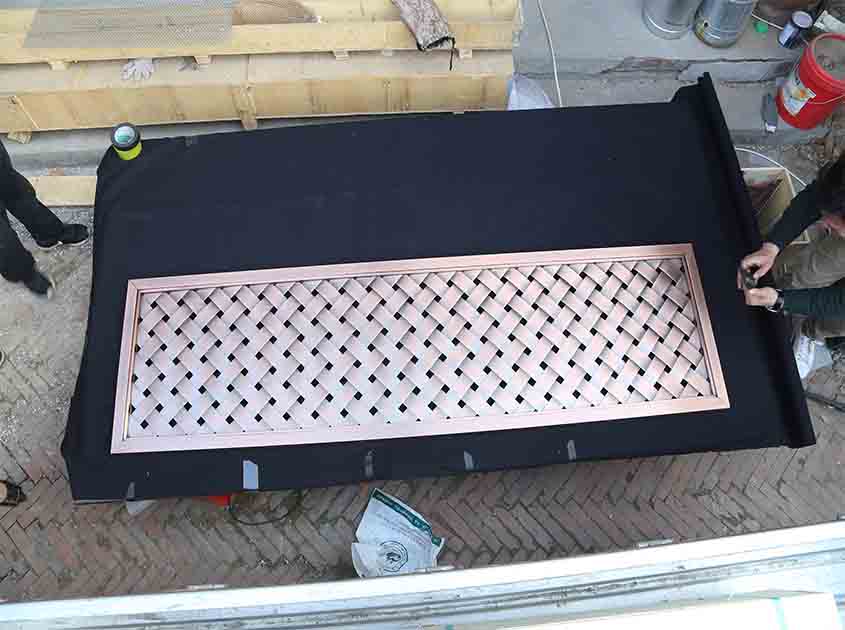
Flexibility in Design: Adapting to Complex Architectural Forms
One of the notable advantages of architectural woven mesh is its flexibility in conforming to complex architectural forms. Unlike rigid materials, woven mesh can be easily manipulated and shaped to match the desired design. This flexibility enables architects to create unique and innovative structures without compromising on structural stability. The ability to mold the mesh to intricate shapes opens up endless design possibilities, allowing for the creation of aesthetically pleasing and structurally sound buildings.
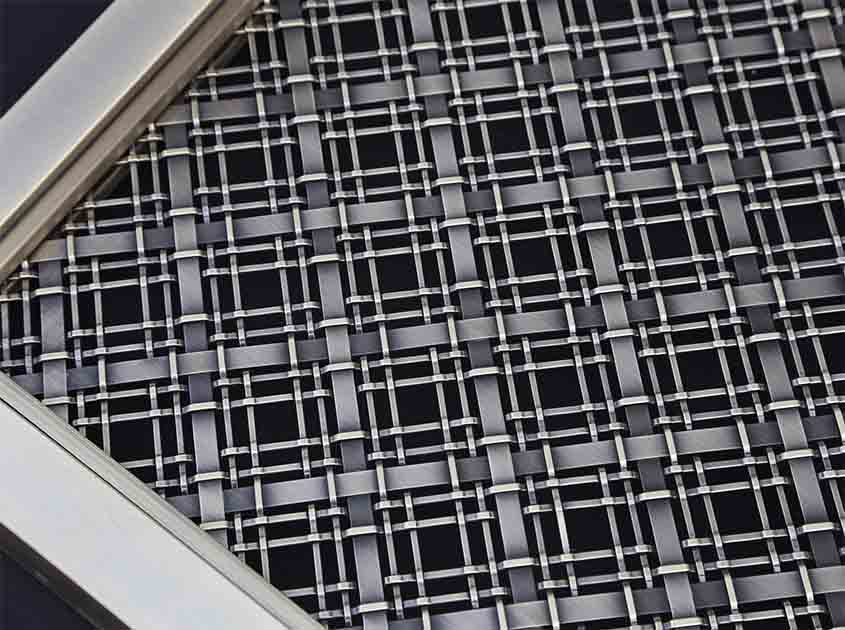
Lightweight and Efficient: Reducing Construction Costs
Architectural woven mesh offers a lightweight alternative to traditional reinforcement materials, such as concrete or steel bars. Its lightweight nature reduces the overall weight of the structure, resulting in cost savings during construction. Additionally, the installation process is relatively faster and more efficient, reducing labor and time requirements. The combination of lightweight design and efficient installation makes architectural woven mesh a cost-effective solution for structural reinforcement.
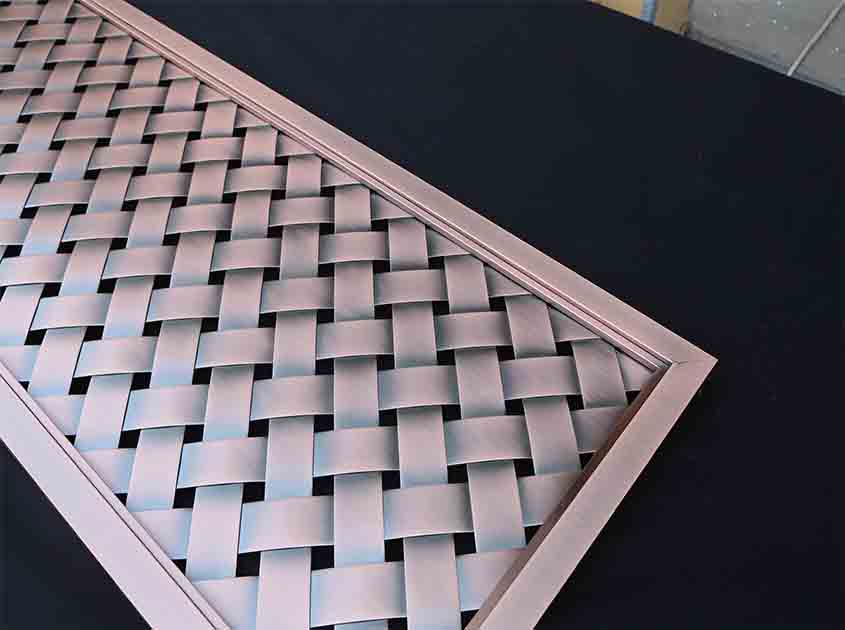
Improved Ventilation and Light Transmission: Enhancing Comfort
Incorporating architectural woven mesh in building facades or partitions can improve ventilation and light transmission. The open structure of the mesh allows for the passage of air and natural light, promoting a comfortable and well-ventilated environment. This feature is particularly beneficial in areas where airflow and natural lighting are essential, such as atriums, open-air spaces, or green buildings. By integrating architectural woven mesh, architects can create structures that prioritize both structural integrity and occupant comfort.
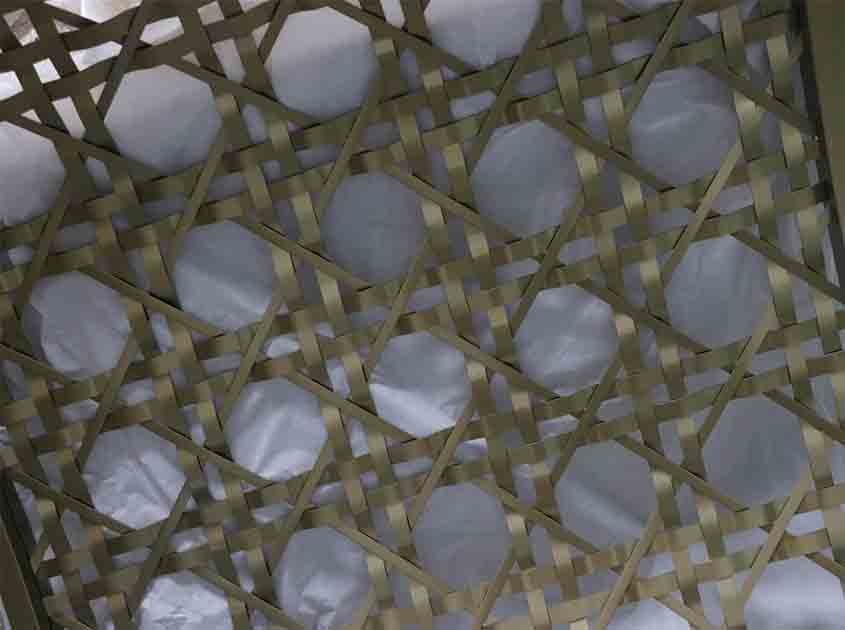
Sustainable Construction: Promoting Green Building Practices
Architectural woven mesh aligns with sustainable construction practices. Its lightweight nature reduces the carbon footprint associated with transportation and installation. Furthermore, its durability ensures the longevity of the structure, reducing the need for frequent maintenance or replacement. The integration of architectural woven mesh in sustainable building designs contributes to energy efficiency, resource conservation, and overall environmental sustainability.
pre:Aesthetics in Motion: Dynamic Architecture with Woven Mesh
© 2025 Joinwin Architectural Wire. All Rights Reserved. | Sitemap
Recommended Read
Metal woven mesh is widely popular due to its unique design, high strength, durability and functionality.
Architectural woven mesh is a type of material that is widely used in exterior and interior design.